Tahrir al-Sham Leader Mohammad Al-Jolani Announces Dissolution Plans, Talks Syria’s Future
In a statement that has caught the attention of both regional and international observers, Mohammad Al-Jolani, the leader of Tahrir al-Sham (HTS), has announced plans to dissolve the militant group, signaling a potential shift in the dynamics of Syria’s complex conflict. Al-Jolani, speaking at a recent event, stated that HTS would “soon” announce its dissolution, marking a significant step in the evolution of the group and possibly altering the trajectory of the Syrian civil war. His comments also touched on the broader political landscape in Syria, suggesting that the country could take up to four more years to hold elections and achieve a form of stability.
Understanding Tahrir al-Sham: Its Rise and Role in Syria
Tahrir al-Sham, a prominent jihadist group in Syria, emerged from the ashes of al-Qaeda’s Syrian affiliate, Jabhat al-Nusra, which had been active in the civil war since its early days. Al-Jolani, who is a former member of al-Qaeda, has worked to rebrand and consolidate HTS as the dominant rebel faction in Syria’s Idlib province, the last major area outside of Syrian government control. Under his leadership, the group has grown from a faction of jihadists into a more politically oriented entity, with significant influence in Idlib and surrounding areas.
Despite being viewed as a terrorist organization by many Western governments, HTS has gradually distanced itself from al-Qaeda and tried to present itself as a more localized and nationalist force. This shift, however, has not entirely removed it from the crosshairs of both the Syrian government and its regional backers, as well as global powers like the United States and Russia.
HTS has been a major player in Syria’s multi-faceted conflict, with its military capabilities bolstered by its control over vital territories in northwestern Syria. However, with the ongoing shifts in the region and mounting pressures, particularly from the Syrian government, Russia, and even Turkey, Al-Jolani’s decision to dissolve HTS marks a noteworthy strategic recalibration.
Mohammad Al-Jolani’s Announcement: A Major Turning Point
Al-Jolani’s announcement that Tahrir al-Sham would soon be dissolved comes at a time when Syria’s future remains highly uncertain. The statement, which has both surprised and intrigued analysts, suggests that Al-Jolani and his group may be preparing for a new phase in Syria’s long-running conflict.
The dissolution of HTS could be seen as a pragmatic decision, particularly given the changing realities on the ground. With the Syrian government, backed by Russia and Iran, gaining control over most of the country, the rebel-held territories in Idlib are increasingly under pressure. Additionally, international actors, including Turkey, have been trying to stabilize the region, potentially limiting the room for maneuver for groups like HTS.
In his speech, Al-Jolani indicated that the current situation in Syria is still far from “full liberation,” signaling that the country remains in a state of ongoing conflict, even though much of the territory is now controlled by either the Syrian government or its allies. His mention of a four-year timeline for organizing elections highlights the complexities of achieving a political resolution, with the government of President Bashar al-Assad firmly in power but facing opposition from a variety of rebel factions and external players.
Syria’s Long Road to Stability
Al-Jolani’s comment that Syria could take up to four years to organize elections underscores the immense challenges the country faces in moving toward a post-conflict political order. Despite the recapture of large parts of Syria by the government, the country remains deeply fragmented, with multiple factions holding sway over different regions. From the Kurds in the northeast to the opposition in Idlib, and with foreign powers like the U.S., Russia, and Turkey all involved in different aspects of the conflict, Syria’s future remains uncertain.
One of the most pressing issues is the lack of a comprehensive political process that includes all stakeholders. While the Syrian government has consolidated power in much of the country, it faces strong opposition from a variety of groups, including the Syrian Democratic Forces (SDF) in the northeast and the various rebel factions in the northwest. These groups, despite their differences, have united in their opposition to Assad’s rule, creating a deeply polarized political environment.
Al-Jolani’s prediction of a four-year timeline for elections may reflect a recognition that stability cannot be achieved overnight. It suggests that Syria’s political future will require significant efforts in reconciliation, rebuilding, and negotiations among all parties involved, including the government, the opposition, and Kurdish groups, as well as the international community. The complexities of these negotiations make it clear that Syria’s political transition is likely to be a slow and difficult process.
The Implications of HTS Dissolution
The dissolution of HTS could have far-reaching consequences, both for the rebel groups in Syria and for the country’s broader trajectory. For one, it would mark the end of a prominent jihadist group that has been a key player in the Syrian war, particularly in Idlib. However, it also raises important questions about what will happen to HTS’s fighters and leadership. Will they simply dissolve into the broader rebel movements, or will some factions try to rebrand or reorganize under new names and strategies?
It’s also important to consider how the dissolution of HTS might impact the broader balance of power in Syria. If Al-Jolani’s group ceases to exist, other factions, such as the Syrian National Army, may attempt to fill the void in Idlib. Alternatively, the Syrian government could move more aggressively to reclaim the region, which could lead to further escalations of violence and instability.
International players, especially Turkey, which has supported various factions in northern Syria, will likely be closely monitoring these developments. Turkey’s role in Idlib, where it maintains military positions, could become even more critical if HTS is dissolved and a new power structure emerges. Turkey has long been involved in Syria’s conflict, often supporting rebel factions opposed to Assad, but the eventual resolution of the conflict may require it to navigate a complex web of alliances and rivalries.
The Changing Face of Syria’s Opposition
Al-Jolani’s decision to dissolve Tahrir al-Sham could be part of a broader strategy to recalibrate the opposition’s approach to the Syrian government and the international community. The focus on the eventual organization of elections could signal that Al-Jolani and other opposition leaders are attempting to position themselves in a way that is more compatible with a future political process.
This potential shift could indicate a move away from armed struggle towards a more politically focused opposition, which might gain more support from Western nations and regional powers that are seeking a stable and peaceful resolution to Syria’s war. However, it is unclear whether such a shift would be accepted by all factions within the opposition or whether it could lead to infighting or the splintering of groups that have fought against Assad’s regime for years.
The Future of Syria: A Long Road Ahead
Al-Jolani’s announcement and his comments about Syria’s path forward highlight the deep uncertainty that continues to surround the future of the country. Despite the Syrian government’s military successes, the political future remains unclear, with significant obstacles to achieving lasting peace and stability. The dissolution of HTS may signal the beginning of a new phase in the conflict, but it also underscores the broader difficulties in achieving a political resolution in a deeply divided country.
The next few years will be critical in determining whether Syria can rebuild itself politically, socially, and economically. With multiple factions still holding sway over different regions, a long and challenging road lies ahead for Syria’s future. The international community, as well as domestic players, will need to work together to navigate the complexities of Syria’s post-conflict recovery and ensure that any political solution reflects the diverse interests of its people.
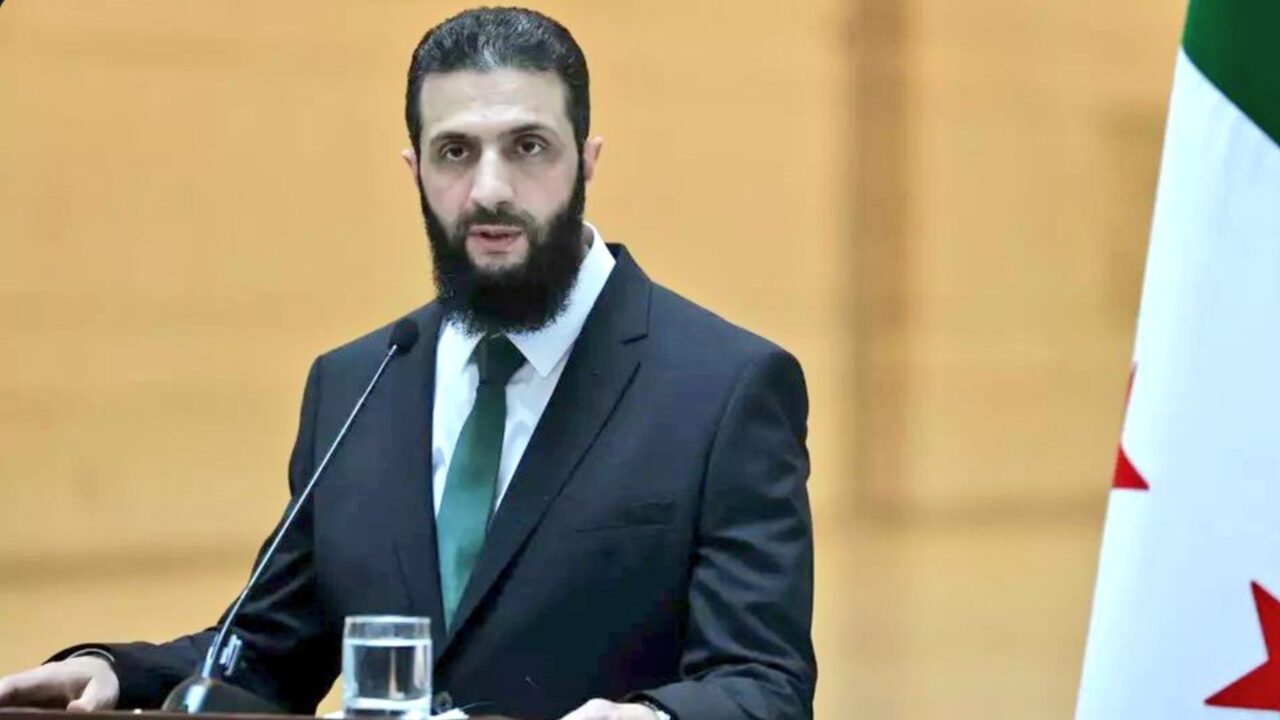



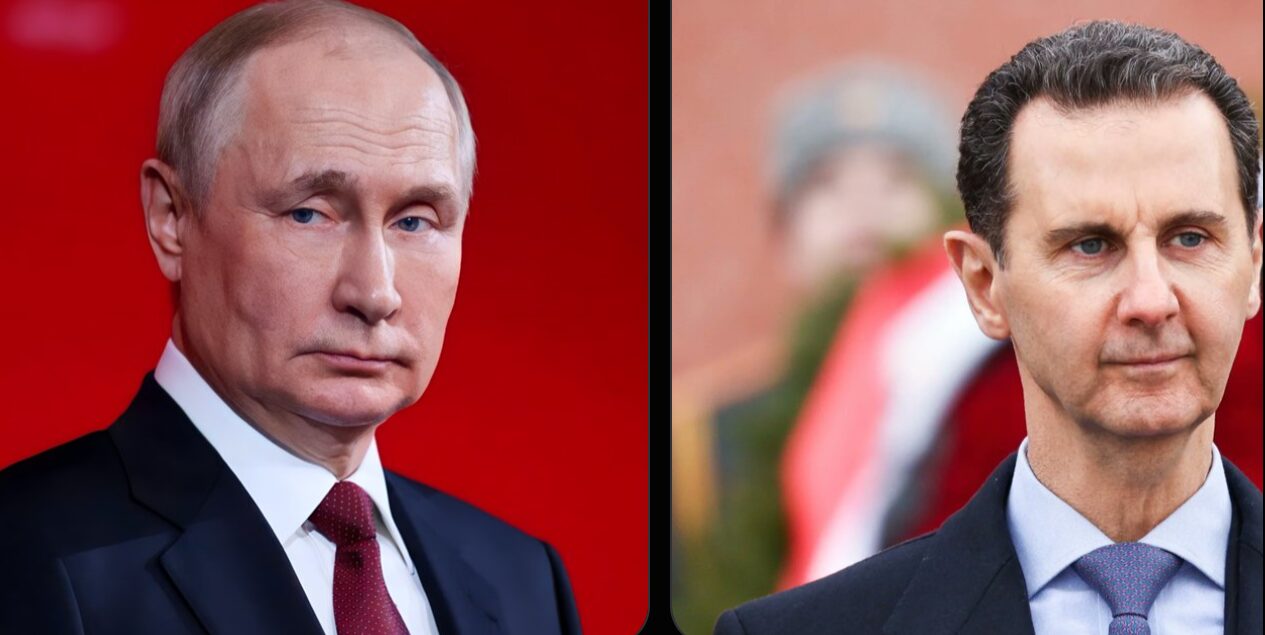


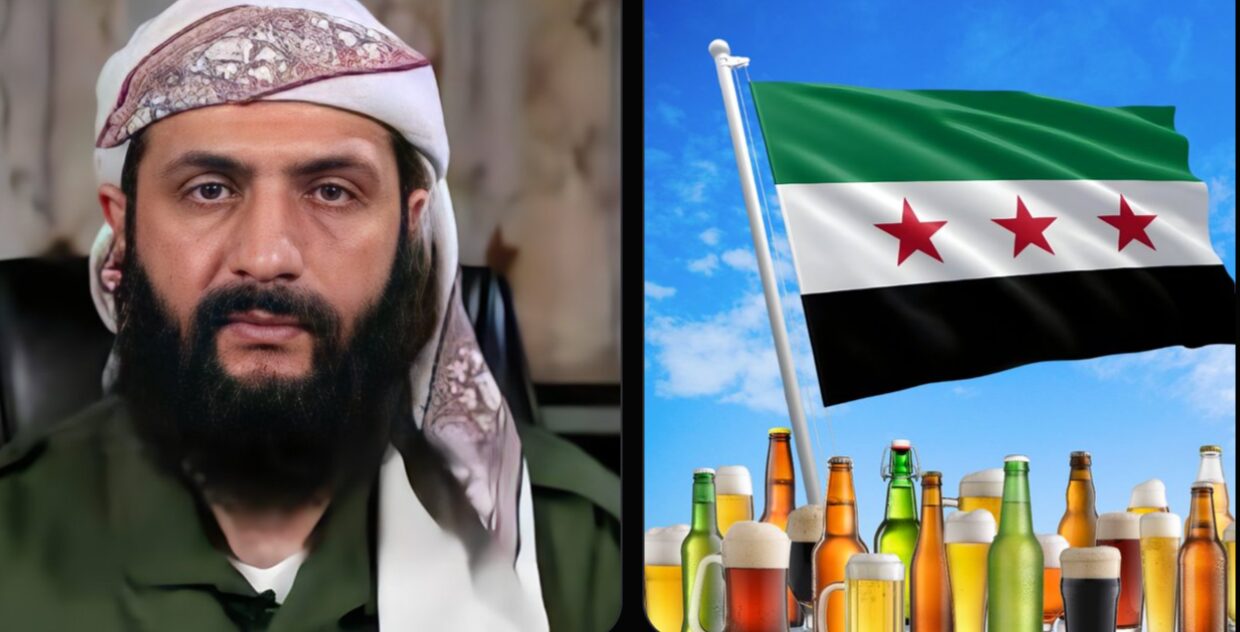
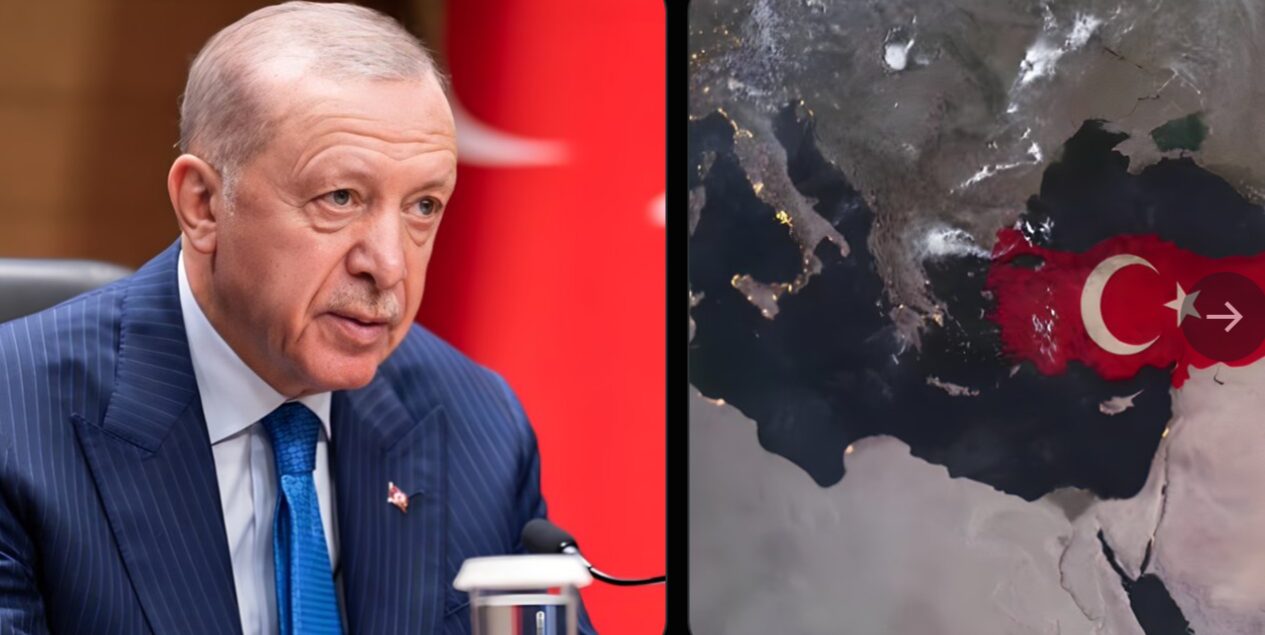

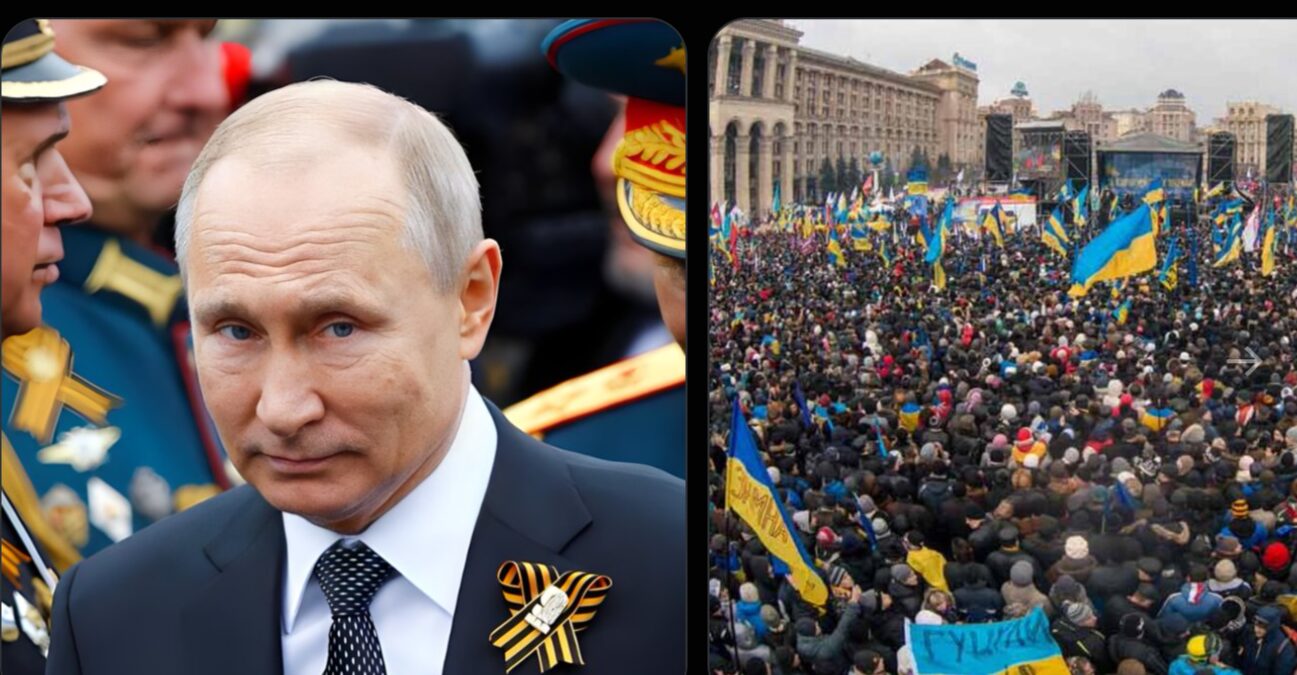
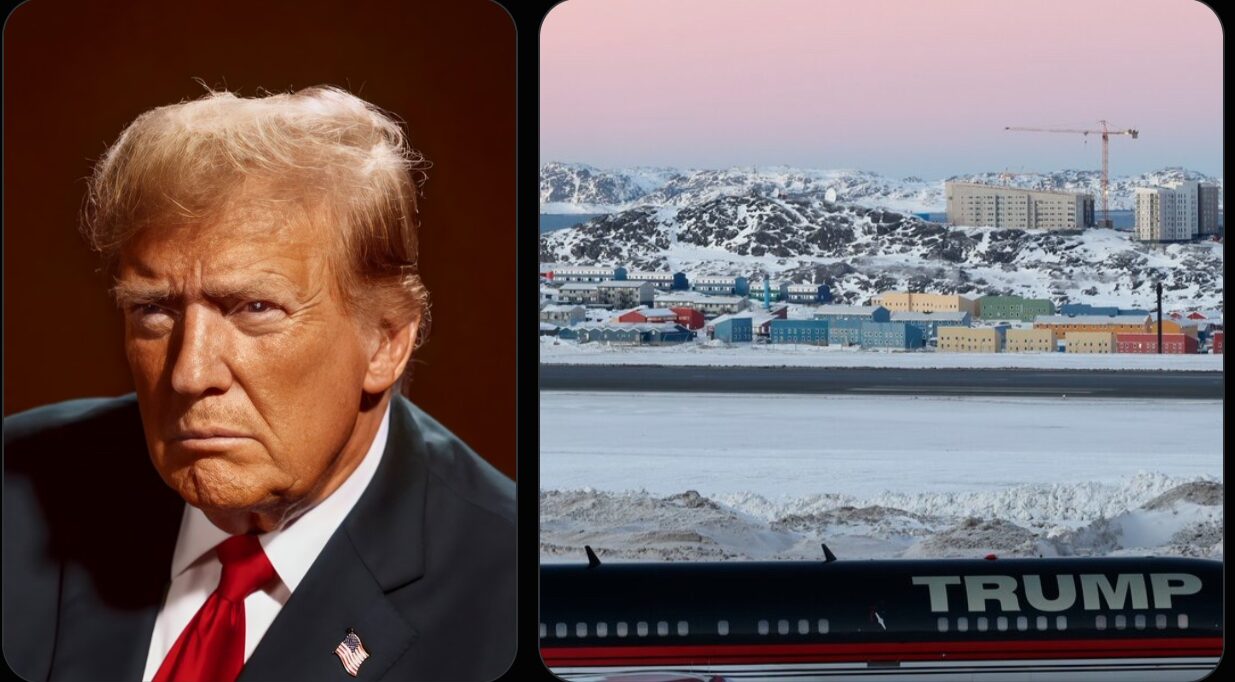
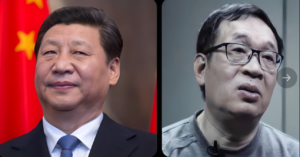

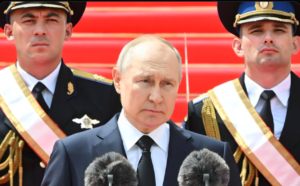
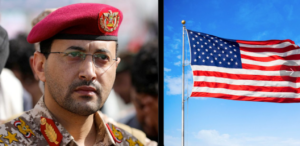

Post Comment